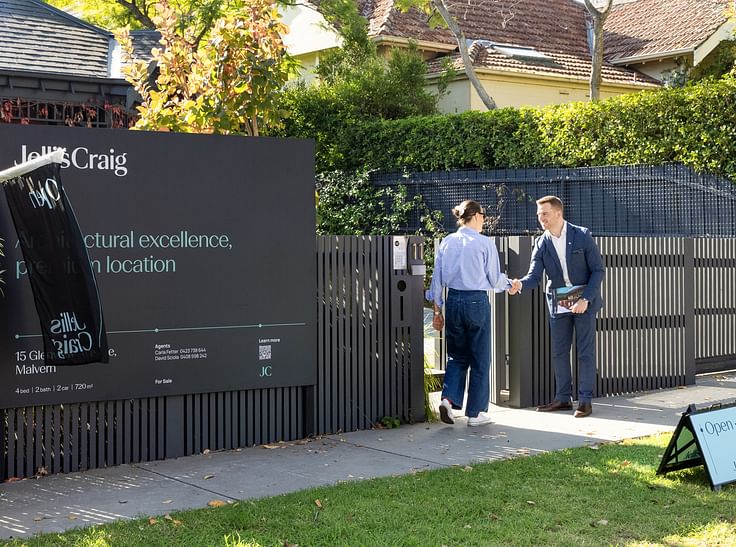Understanding the home downsizer contribution strategy

Securing your financial future and planning for a comfortable retirement has never been more important. Knowing who to talk to, which are the most suitable investment structures, how to grow and protect your wealth, and what financial decisions you should be making now and into the future can be overwhelming for some.
In this article, Alex Swansson, Head of Superannuation at Partners Wealth Group, one of Australia’s leading financial advisory businesses, brings an insight to the most recent legislation changes that will now allow people from the age of 60 to contribute a portion of the sale of their residential home into their superannuation.
Downsizer Super Contribution soon to become available to 60-year-olds
Since 1 July 2018 many Australians aged 65 or older have taken up the Federal Government’s “downsizer contribution” offer, enabling them to contribute up to $300,000 into their superannuation from the sale of their residential home. In an exciting change to the legislation, as of 1 July 2022 this option will become available to people from the age of 60 instead of 65.
What is the downsizer contribution and what are the benefits?
A downsizer contribution is a lump-sum contribution to your superannuation resulting from the sale of your home. It is a good strategy to consider if you want to increase your superannuation nest egg and comes with a range of benefits:
- You and your spouse can make a downsizer contribution of up to $300,000 each without needing to pass the work test.
- Your contribution is not a non-concessional contribution and will not count towards your contributions caps.
- No balance restrictions - you can still contribute if you have over $1.7m in the fund.
- Even if your house was owned by one spouse, both spouses can contribute up to $300,000 each.
- You don’t need to actually downsize your house. So long as the proceeds of the sale are used to contribute to your super, you are not required to buy a smaller house. In fact, you can upsize your house with your separate funds.
Am I eligible?
There are a few conditions that need to be met to be eligible for the downsizer contribution:
- The amount you are contributing must be from the proceeds of selling your home.
- You and/or your partner must be 65 years old or older (60 years old from 1 July 2022).
- Your home was owned by you or your spouse for 10 years or more prior to the sale.
- Your home is in Australia and is not a caravan, houseboat or other mobile home.
- The proceeds (capital gain or loss) from the sale of the home are either exempt or partially exempt from capital gains tax (CGT).
- You have provided your super fund with the Downsizer Contribution Into Super form either before, or at the time of, making your downsizer contribution.
- You make your downsizer contribution within 90 days of receiving the proceeds of sale, which is usually at the date of settlement.
- You have not previously made a downsizer contribution to your super from the sale of another home.
Are there any restrictions?
There are no balance restrictions on contributing to superannuation, so members with balances over $1.7m are still eligible. Members who have already retired are also entitled to contribute to their super.
Please note that for social security purposes, your superannuation interest is an assessable asset and subject to deeming once you are over pension age. There is no social security concession for the downsizer contributions. If affected, we suggest you seek financial advice.
Want to know more?
If you’d like to discuss the sale of your property, contact us today. To know more about how you can utilise the Downsizer Super Contribution to maximise your retirement savings, please contact Senior Financial Advisor Ben Savige on 0400 003 904 or email [email protected]
~
This information is general in nature and is provided by Partners Wealth Group. It does not take into account the objectives, financial situation or needs of any particular person. You need to consider your financial situation and needs before making any decisions based on this information.
Ben Savige is an authorised representative of Charter Financial Planning ABN 35 002 976 294, Australian Financial Services Licence and Australian Credit Licence No. 234665









